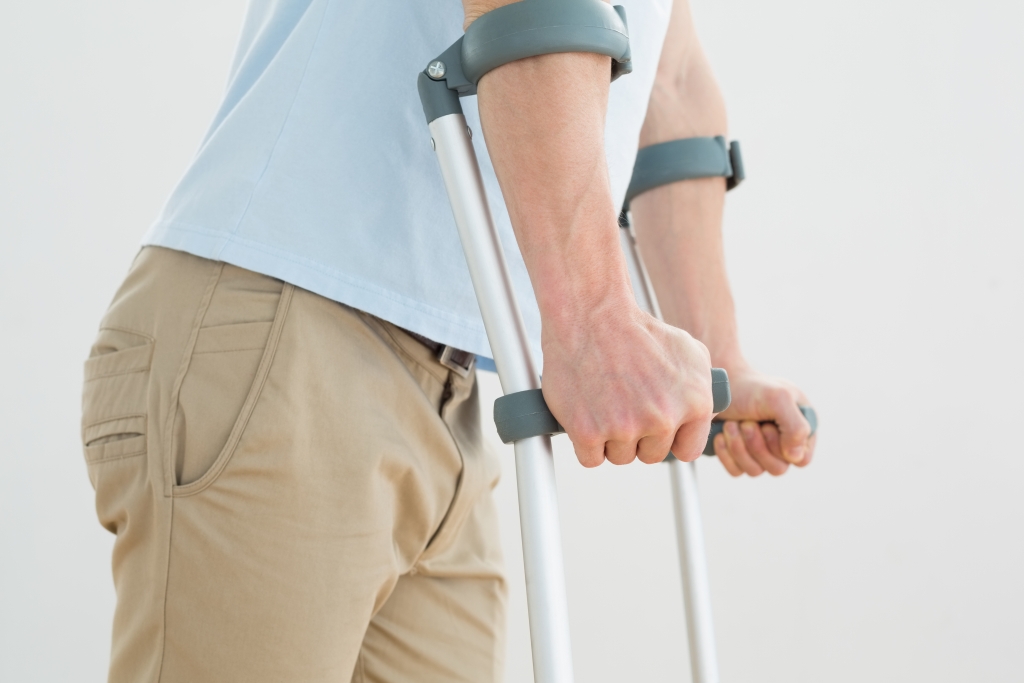Harm is an adverse effect of a property or non-property nature. Its infliction is a prerequisite for the onset of liability for a tort obligation (arising from an offense). If there is no damage, then the application of measures is impossible, since there are no grounds for recovery. Let us consider in more detail the features of material harm.

General information
The civil law system distinguishes between material and moral harm. The first is associated with some property losses of the person. Non-pecuniary damage represents physical / mental suffering.
Material damage - damage to the property complex belonging to the victim. The subject who has been the victim of unlawful acts is deprived of the opportunity to extract the alleged profit, incurs additional losses. The main distinguishing feature of material damage is the possibility of its monetary value.
Nuance
As material damage in civil law, losses incurred by a citizen in connection with damage to health / life are considered. It is also called physical. Physical damage may result from injury or other damage.
In legal journals and judicial practice, traumatic injury resulting from exposure to an external factor is considered to be a disfunction. As a rule, this effect occurs once and suddenly. Injuries are frequent consequences of accidents. Moreover, they can be not only physical, but also mental.
The possibility of compensation for material damage
Damage may be compensated in accordance with the law. The right to compensation arises for the victim with persistent (in some cases irreversible) disability.
Having, for objective reasons, not having the opportunity to continue working, a citizen loses his income. Moreover, he is forced to bear the additional costs of restoring his health. This may be the cost of prosthetics, spa treatment, etc. In the aggregate, all these costs form material damage. Reimbursement is possible in court.

Cause of death
It is also considered as causing property damage. This is due to the fact that disabled relatives who were dependent on the deceased lose their livelihood. At the same time, they are also forced to bear additional expenses for burial, etc. Accordingly, in the event of the death of a person who had disabled dependents, they have the opportunity to file a claim for pecuniary damage to the person guilty of this.
Reasons for reimbursement
The right to recover material damage arises from the unlawful action / omission of a person who violates the interests of the victim.
An action is recognized as unlawful if it contradicts the provisions of the law or other regulatory documents. For example, the law prohibits harm to the health, life, property of another person.
Inaction is deemed unlawful if the obligation enshrined in the legal norm, for the disrespectful reason, is not performed by the entity on which it is assigned, and in connection with this, harm arises. For example, the driver ignored the red traffic light and continued driving, as a result of which he collided with another car.
Exceptions
The behavior of the perpetrator should be aimed at causing harm to the victim. If there is no damage, then the act committed by him shall be recognized as legally indifferent.Taking into account the fact that the lives and health of citizens are absolute values, causing them any harm, let alone death, to a person will be considered unlawful, except in some cases expressly fixed by law.

The rules contain circumstances that preclude the classification of certain actions as illegal, although involving certain harm to the citizen. This, in particular, is about cases where the victim himself voluntarily asks to harm him or gives consent. In such cases, the actions of the causer of the damage will not violate the law or moral standards. An important condition is the voluntary consent or request of the subject. This means that a person acts in his own interests, of his own free will, without any pressure from outside.
Consent to harm is usually given before surgery. Moreover, permission is not required if, due to his painful condition, the subject cannot independently express his will. Usually these are urgent cases in which the health worker himself decides on the implementation of the necessary manipulations with the subsequent notification of the officials of the medical institution.
Compensation Features
When submitting an application for compensation for material damage, the victim expects to restore his violated property right. It may require compensation in kind. For example, if a thing was damaged, the defendant would have to repair it at his own expense. If this is not possible, the victim has the right to demand monetary compensation for losses. They include:
1. Costs that the victim has incurred or will have to bear to restore his rights (property repair or acquisition of a new one). These costs constitute real damage.
2. Lost profit - funds that would have been received by the victim under normal conditions of circulation, if the damage had not been caused.
Pre-trial Order
In some cases, the law establishes a mandatory claim settlement of a dispute. This means that, before going to court, the victim must write a complaint to the harmed person. In its claim, the subject indicates the circumstances in connection with which his right, in his opinion, has been violated, and expresses claims for compensation.

According to general rules, the response from the inflicter of harm must be received within 30 days. If he does not satisfy the applicant or the guilty person does not send him at all, the victim may appeal to the court. The list of documents that must be attached to the statement of claim for pecuniary damage should include a copy of the claim with a note of delivery to the causer or with another document confirming receipt of claims.
The victim can personally submit a claim. In this case, it is necessary to take from the causer a receipt on receipt of claims. In practice, however, claims are usually sent in a registered letter with a notice. This method is preferable, since it is one hundred percent proof of the plaintiff's compliance with the pre-trial procedure for resolving the conflict. If the causer ignores the claims, the victim needs to attach to the application to the court not only the claim itself, but also a notification of its receipt by the defendant.
Trial
To recover damages through a court, it is necessary to prepare:
1. The lawsuit.
2. A receipt for the payment of a fee.
3. Title papers on damaged property (if any).
4. A copy of the plaintiff’s passport.
5. Conclusion of the expert who assessed the property. As a rule, such a document is compiled if the object is of great value (home, work of art, etc.).
6. A copy of the claim.
7. Other documents confirming the occurrence of harm.
The claim for damages is property. According to the provisions of the Tax Code, the state duty is calculated as a percentage of the value of the claim.
The applicant also has the right to demand compensation for all expenses that he will incur in connection with the proceedings.
Jurisdiction
When drawing up a claim, you must correctly select the authority to which it is addressed. According to the norms of procedural legislation, with the amount of damage less than 50 thousand rubles. the application is considered by the justice of the peace. If the price of the claim is higher than the specified amount, it is sent to the district authority.

Design Features
When compiling a statement, one should be guided by the provisions of Article 131 of the Civil Code. According to the norm, the lawsuit must indicate:
1. Name of the authority that is authorized to consider the dispute.
2. Information about the plaintiff and the defendant (full name, address, contact details).
3. The cost of the claim, ie, the amount of damage that must be compensated for the restoration of rights.
4. Circumstances leading to the occurrence of harm.
5. Specific rules of law violated by the causer.
The statement also makes sense to indicate the plaintiff’s attempts to resolve the dispute in a claim.
At the end of the lawsuit is a list of applications.
The plaintiff personally signs the application and sets the date of drawing up. The law, however, allows the filing of a claim by a representative of the victim. In this case, the power of attorney should be included in the list of applications, in which the corresponding powers of the proxy are indicated.

Statutes of limitations
They mean the period during which the subject whose rights are violated has the opportunity to restore them by going to court.
According to the general rules, a claim for compensation for material harm can be filed within 3 years from the date it was caused. In some cases, however, a slightly different order applies.

Special terms are set for the application of requirements to the contractor, carrier, employee of the enterprise - 1 year; insurer - 2 years, etc.